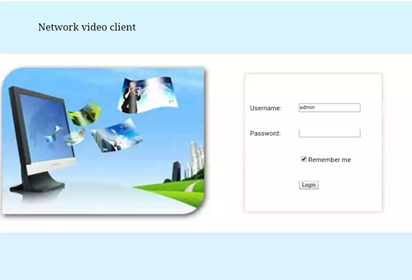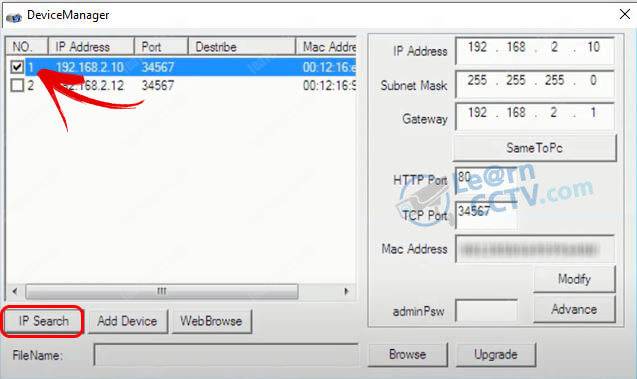
- Raysharp dvr firmware update pdf#
- Raysharp dvr firmware update software#
- Raysharp dvr firmware update password#
- Raysharp dvr firmware update Pc#
I know this isn’t exactly a high-priority target for hackers, but still, it’s a security appliance - you’d expect it to be at least reasonably secure. I also uncovered a few security-specific issues during my exploration of the DVR software.
Raysharp dvr firmware update pdf#
I’ve learned quite a lot of other aspects of the protocol since I started tinkering and have put them together as a PDF here. The only mechanism to abort this seems to be to close the listening socket the DVR detects this through lack of TCP ACKs and stops spamming video data. Then, in packets of varying size not exceeding 1448 bytes, raw containerless H.264 video data. If the request is successful, the DVR seems to respond with an 8 byte packet: I guess the first few bytes designate the verb or command of the packet - indicating that it a live streaming request but other than that I have no clue - they don’t seem to change at all. In this case the value is “1234”.Īs for the rest of the packet, I’m not really sure.

watching a channel from a CCTV camera in real time - not a recording). The first packet I wanted to understand was the packet to request the start of a live streaming session ( I.e. The DVR communicates with the client entirely via TCP packets. Putting this aside, here’s an excerpt from what I’ve learned about the protocol: The Protocol
Raysharp dvr firmware update software#
There are several, serious design issues with the DVR, both in terms of the low-level network implementation of the system and software engineering failures that mean the client is buggy, difficult to use and downright poor.
Raysharp dvr firmware update Pc#
I’m guessing that the protocol is common to several DVR models, as the iPhone and PC clients say they support a “range” of DVRs, so you might get lucky and find that this protocol, or a close variant works for your DVR too. Turns out it’s a completely custom protocol designed by the manufacturer of the DVR.

I attacked the system where I felt most comfortable - the network protocol that the ActiveX client (henceforth referred to as the client in this post) utilises to talk with the DVR. In any case, I’m a geek, as you probably know, so I couldn’t just sit back and be happy with the ActiveX rubbish. Why they couldn’t have just used Flash or something, I don’t know. The web interface is presented as an ActiveX control an antiquated framework by Microsoft for, among other things, presenting interactive applications to the user in the browser. That is, however, unfortunately the limit of the things it does well. It works fairly well - in that it records things that happen outside my house.
Raysharp dvr firmware update password#
It provides an shell interface (ash) over Telnet with a root password that is immutable by the end user using the normal DVR software or client. A small amount of flash memory containing the Linux ( Busybox) OS and the actual Application that drives the DVR is mounted as the root and the peripherals (IR receiver for the remote and the actual video encoder chip) are available as devnodes in /dev/. Inside, it’s fairly straightforward - SATA hard drive, connected to a board with a cheap SATA controller and HiSilicon Technologies CPU. The designation is VU-431 - but this seems to have been assigned by Aban themselves. The DVR I went with is a generic, reseller-branded model sold by Aban - a Manchester-based CCTV firm. I didn’t fancy spending upwards of £300 on a DVR, so I went for a reasonably mid-quality model recommended to me by my friend. I found that, like most product genres, there is a distinct line between quality, branded products and budget unbranded or vaguely-branded products.


I had to take a dive into the world of DVRs (Digital Video Recorders). During the summer holidays, my friend and I installed a CCTV system at my home just to improve the general security.


 0 kommentar(er)
0 kommentar(er)
